The most interesting Estonian museums that also speak Latvian
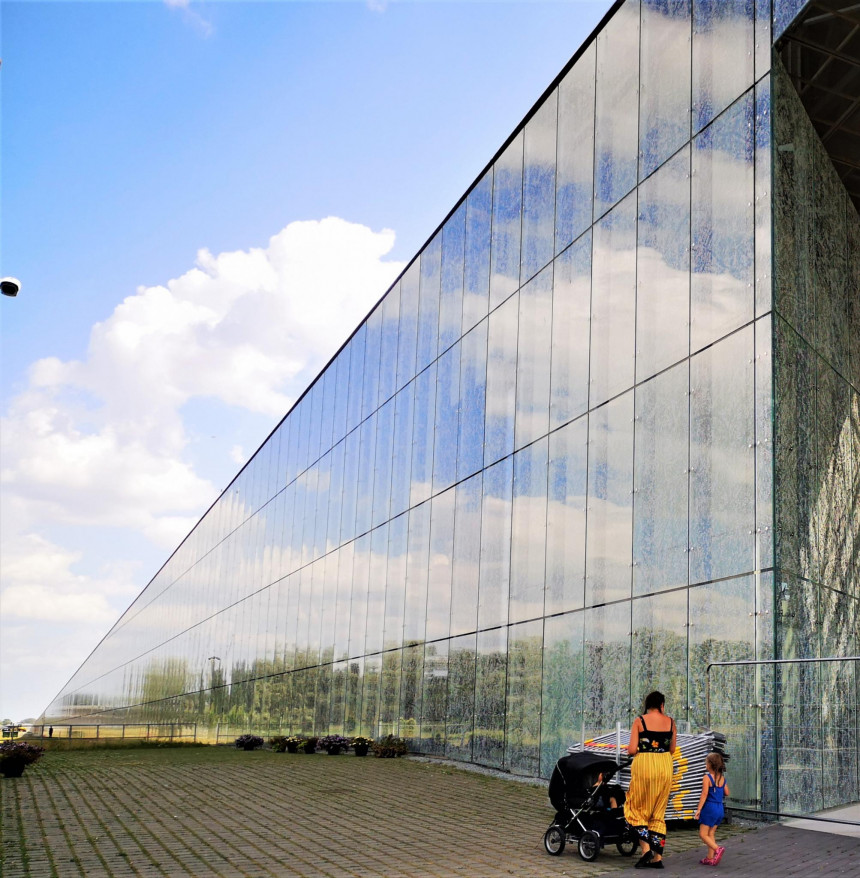
At a time when the virus has significantly affected travel opportunities, it is unsafe to plan trips far ahead and to distant destinations. However, it is the right time to discover exciting and as yet unexplored places in the immediate neighborhood. There are many of them in Estonia, and Latvian is spoken and understood in several places and museums that are interesting for travelers.
PROTO invention factory
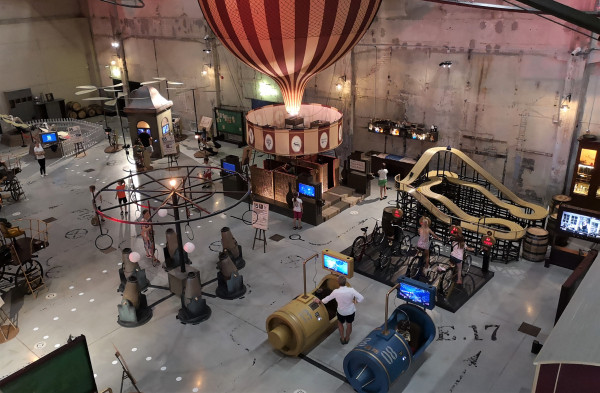
Not far from the seaplane port in Tallinn is the former submarine construction plant Noblessner, which now houses the PROTO invention factory - an exciting center for children and adults. In this place you can virtually enjoy a ride in a hot air balloon, driving a locomotive and the world's first car. I will say that even with my decent driving experience, maneuvering with an ancient car was not so easy. Not to mention the balloon. Trying to maneuver between the buildings, I crashed into the church tower so that the whole dome screeched and everything went dark. Trying various technological advances, I felt like in Gilles Verne's novel - I was flying over a ravine on a winged bicycle and exploring the ocean floor with a bathyscaphe. It felt so real! In addition to exciting entertainment, this center provides an opportunity to understand the basic laws of physics, to test several laws of physics.
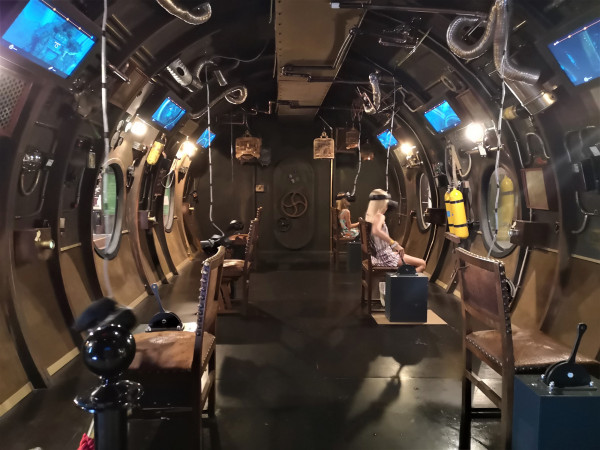
You have to count on at least two hours to try all the exciting attractions, but in reality, families spend much more time here.
In addition, another pleasant surprise is that Latvian-speaking staff also work at the PROTO invention factory, which facilitates communication in cases where a foreign language does not come so easily.
The PROTO invention factory is located in a huge hangar, where submarines were built more than a century ago. From 1913 to 1917, 12 submarines were built here. Afterwards, ships were built and repaired at the site.
The PROTO invention factory is open from Wednesday to Sunday, from 10 am to 6 pm, it is closed on Mondays and Tuesdays.
Vabamu Museum of Occupations and Freedom
Vabamu Museum of Occupations and Freedom, located in Tallinn, used the forced downtime of Covid-19 to translate the entire permanent exhibition into Latvian. The visit to the museum in Latvian is led by an e-guide, which museum staff call e-Rihards, because the audio stories have been told by the popular Latvian actor Rihards Lepers.
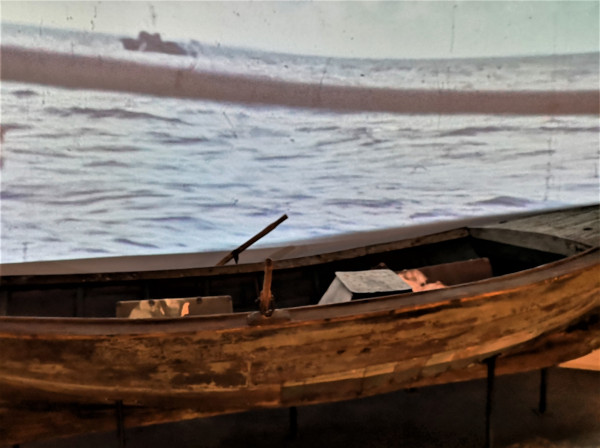
Going to this museum, I was mentally prepared to look at the darkest pages of Estonian history, because Latvia has also had to go through the occupation. So I was ready for a gloomy story about this tragic time. However, the Vabamu Museum does not bring you down with the weight of history. The exhibition consists of people's personal stories, which include everything - both difficult and joyful memories. The exhibition provides an overview of how different people's destinies have developed depending on their education, nationality, family history or relationships with relatives. As the permanent exhibition ends with the story of becoming free, a visit to the museum rather leaves a bright, albeit very emotional, experience.
"There is no need to be afraid that this will be a gloomy and depressing place that you would not want to go with your family on a beautiful summer day. On the contrary, the exposition of Vabamu consists of a path twisted from different destinies to freedom, which, despite the severity of the years of occupation, also has many bright memories," says Keiu Telve, the head of the museum.
The museum has always awaited visits from the people of Latvia, because this time has been very similar for both countries - deportation, fleeing the war, repression, restoration of independence, etc. Children can also be taken to this museum, because it has thought about how to tell the little ones about this time in an understandable and interesting way. In addition, Vabamu is a modern museum that uses a lot of modern technology that allows you to participate, for example, in decorating a Soviet-style home through virtual reality.
The museum is open from Tuesday to Saturday, from 11 am to 6 pm. It is closed on Mondays and Sundays.
Estonian National Museum
The Estonian National Museum is located in Tartu. It is also possible to get acquainted with the exposition in Latvian. The museum employs Latvian-speaking guide Linda, who knows not only fascinating stories about Estonia, but also interesting facts that connect Estonian history with Latvia.
If you prefer to visit the museum alone, then by scanning the entrance ticket, you can get all the information in Latvian.
The museum building is new (it opened its doors to visitors in 2016), modernly furnished and huge. Its exhibition area is more than 6,000 square meters. Most of it is occupied by the permanent exhibition "Encounters", which shows the Estonian everyday life over the years.
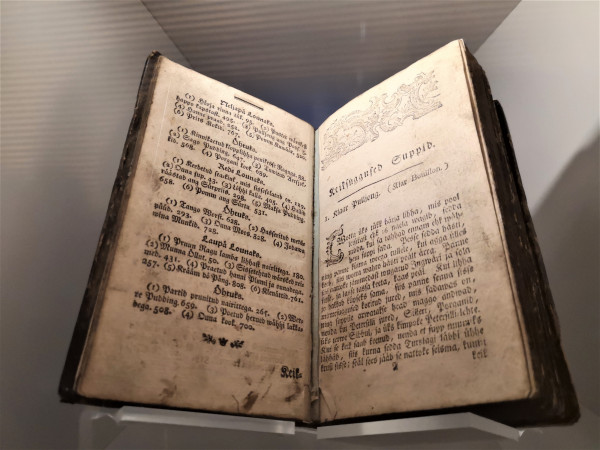
Among the museum's exhibits, I found an ancient Estonian cookbook that can be virtually flipped through. In turn, newspapers published in the last century are reminiscent of a relatively recent past.
The museum is very proud of the exhibition dedicated to the Finno-Ugric peoples, which is recognized as the best exhibition of its kind in the world. The exhibition is dedicated to Finno-Ugric indigenous peoples, who live in a huge area of northern Eurasia from Scandinavia and the Baltic Sea to the Taimyr Peninsula and the Yenisei River in Siberia. The Finno-Ugric settlement in the southern part extends to the Danube and the middle reaches of the Volga. In the exhibition you can get acquainted with about one-tenth of the collection of Finno-Ugric objects at the museum's disposal, study various maps, play games, watch animated films based on the stories of Finno-Ugric people and watch video clips about the daily life of these peoples.
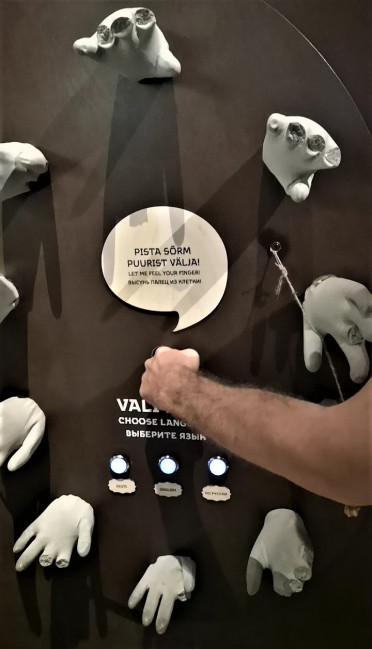
The Estonian National Museum always has thematic exhibitions, which change regularly. For example, currently one of such exhibitions is a fairy-tale exhibition "Once upon a time", in which you can imagine yourself as a character of various fairy tales. If you have the courage, then, as in the fairy tale "Hansel and Gretel", you can show your finger to the witch to check if the owner of the finger has already grown fat enough. I will admit, the witch promised to thow me on the pan the very next day. Here you can fight a dragon (virtually) and listen to fairy tales in Latvian. The fairy tale exhibition will run until the beginning of September.
The Estonian National Museum and all its exhibits are open from Wednesday to Sunday, from 10 am to 6 pm. It is closed on Mondays and Tuesdays.
Kumu Art Museum
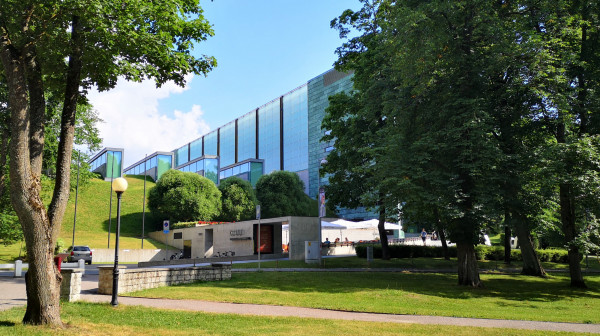
The guide's narration can also be listened to in Latvian at the Estonian Art Center Kumu, located in Tallinn, near Kadriorg Castle. Excursions to this museum can be lead only by certified guides, and there are three of them who speak Latvian. Kumu gives the opportunity to see not only the permanent exposition, but also the exhibition "The Dance of Life" dedicated to the Latvian painter Janis Rozentāls until September.
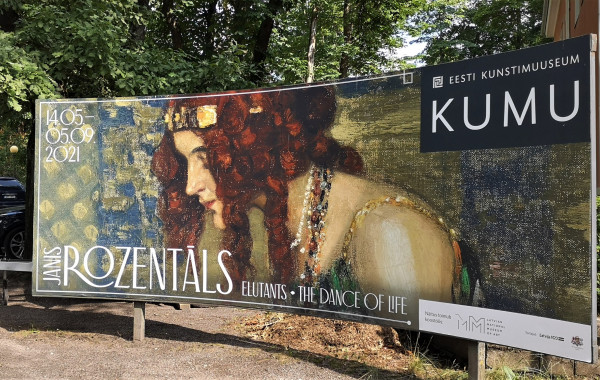
Colleagues asked why we should go to Estonia to see Janis Rozentāls' paintings. Because the works of Janis Rozentāls can be seen here in one place and in such a wide exposition that is not constantly available in Latvia. In addition, the current exhibition at the Kumu Art Center is the largest exhibition of Janis Rozentāls' works ever created outside Latvia.
It is also interesting to see how art lovers in other countries perceive Janis Rozentāls, about whom Romans Suta once said: “With his enthusiastic and enthusing personality, Rozentāls was the first to awaken the Latvian nation’s interest in the visual arts. In this sense, he was the first love of the Latvian nation and will remain so forever.”
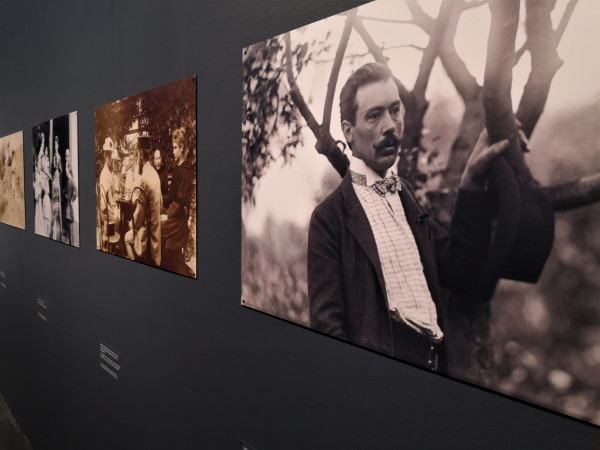
The exhibition includes more than 130 paintings and drawings by Janis Rozentāls, including such well-known and recognized works of the artist as "Arcadia", "From the Church", "Princess with a Monkey" and others. The exposition is based on the works of the artist in the collection of the Latvian National Museum of Art, as well as separate works from the collections and private collections of other Latvian museums.
The exhibition is organized by the Kumu Art Museum in cooperation with the Latvian National Museum of Art and with the support of the Latvian Embassy in Estonia. The exhibition will be open until September 5.
The museum is open on Tuesdays, Wednesdays, Fridays, Saturdays and Sundays from 10 am to 6 pm, and on Thursdays from 10 am to 8 pm. It is closed on Mondays.
